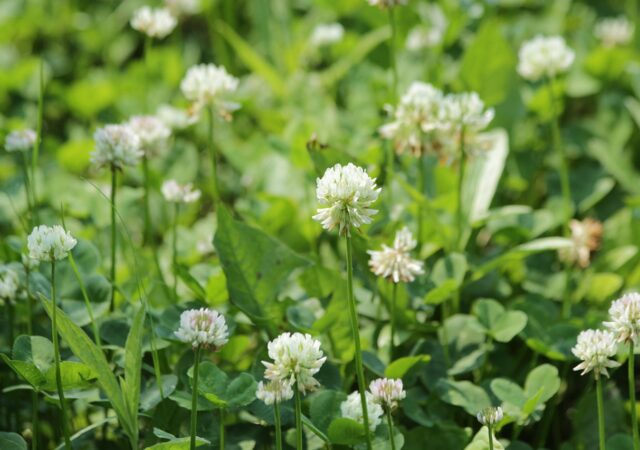A common question circulating around the garden center these days is âwhen, and how, do I prune my hydrangeas?â Luckily hydrangea care is pretty easy, as long as you follow hydrangea rule #1 â know your hydrangea.
There are three basic types of hydrangeas grown in our climate, and when and how you prune them is directly related to which hydrangea you are pruning:
Smooth hydrangeas (hydrangea aborescens), which include popular varieties such the âAnnabelle’ and âInvincibelle’ Spirit hydrangeas should be pruned in early spring, right before new growth begins. Because flowers form on the new seasons growth you’ll want to prune them about ½â above the first pair of buds as they emerge in early spring.
Panicle Hydrangeas (hydrangea paniculata) is a large hydrangea family that encompasses such favorites like âLimelight,’ âQuickfire,’ âTardiva,’ âPink Diamond’ and the stellar new âVanilla Strawberry’ hydrangea. With this family of hydrangea you will want to prune in the fall, after you hydrangea is done blooming. You also have the option of thinning out your hydrangea by pruning out some of the branches â this will result in fewer, but larger, flowers.
Big-leaf Hydrangea (hydrangea macrophylla) are known exclusively in this climate as the âEndless Summer’ series of hydrangeas.  This group includes the blue/pink blooming classic, along with newer varieties like âBlushing Bride’ and âTwist n Shout.’ These hydrangeas bloom on old and new wood and rarely require any pruning, save removing some of the dead branches in spring.
Another common hydrangea question is a little trickier â âwhy isn’t my hydrangea blooming?â
There are several answers to this question, and a few are, frustratingly, beyond the gardener’s control. Almost all of the non-blooming hydrangeas people inquire about are Big-leaf Hydrangeas (hydrangea macrophylla). The first thing you should check for is sun. Hydrangeas (save the Annabelle) need a generous amount of sun to bloom.  If your hydrangea is in the shade try moving it to a sunnier location. Another reason for a non-blooming hydrangea could be our unreasonable Old Man Winter. Because the flower buds for hydrangea macrophylla form in the fall, after the current season blooms are spent, these buds will have to tough out an entire winter. Sometimes they succumb to a harsh winter season and are unable to recoup for the season, resulting in what is basically a year off from flowering. And, since the flower buds emerge in fall they are susceptible to being pruned off by even the most well-intentioned gardener. Although the âEndless Summer’ series blooms on old and new wood they still should be treated as if the blooms come from old growth and fall pruning should be done carefully, if at all. If all else fails, try a hydrangea in another family that is known for blooming on new growth â these will result in less winter problems and are generally more prolific bloomers.



